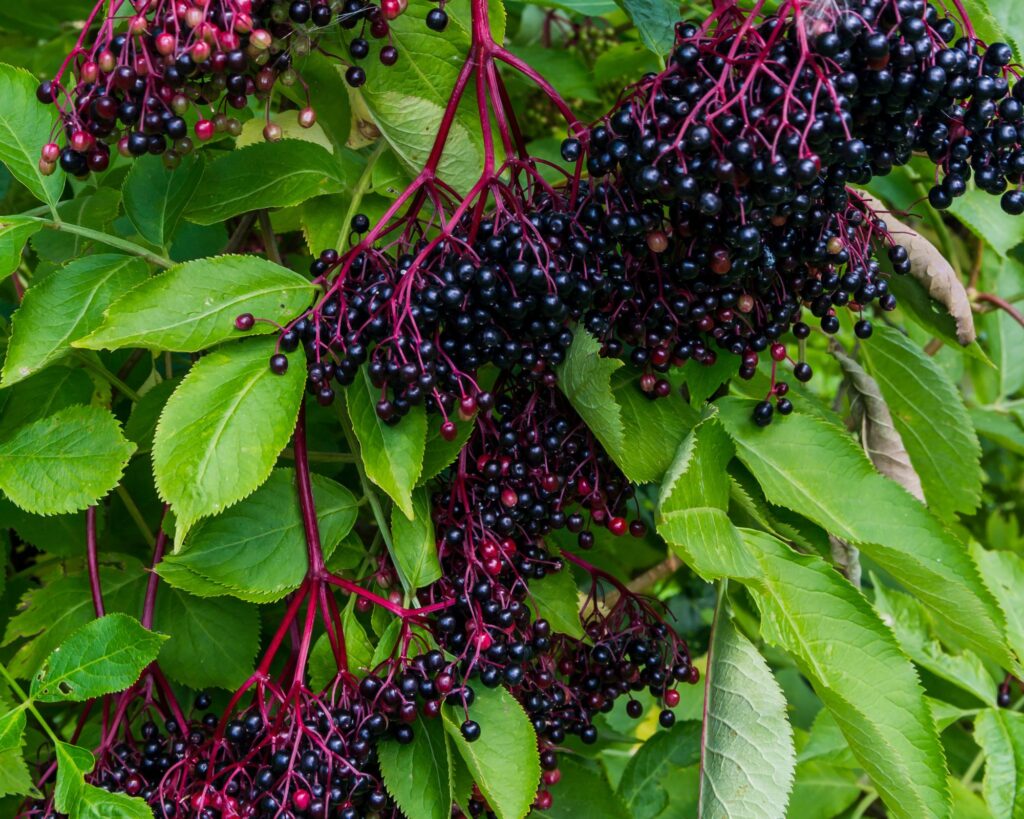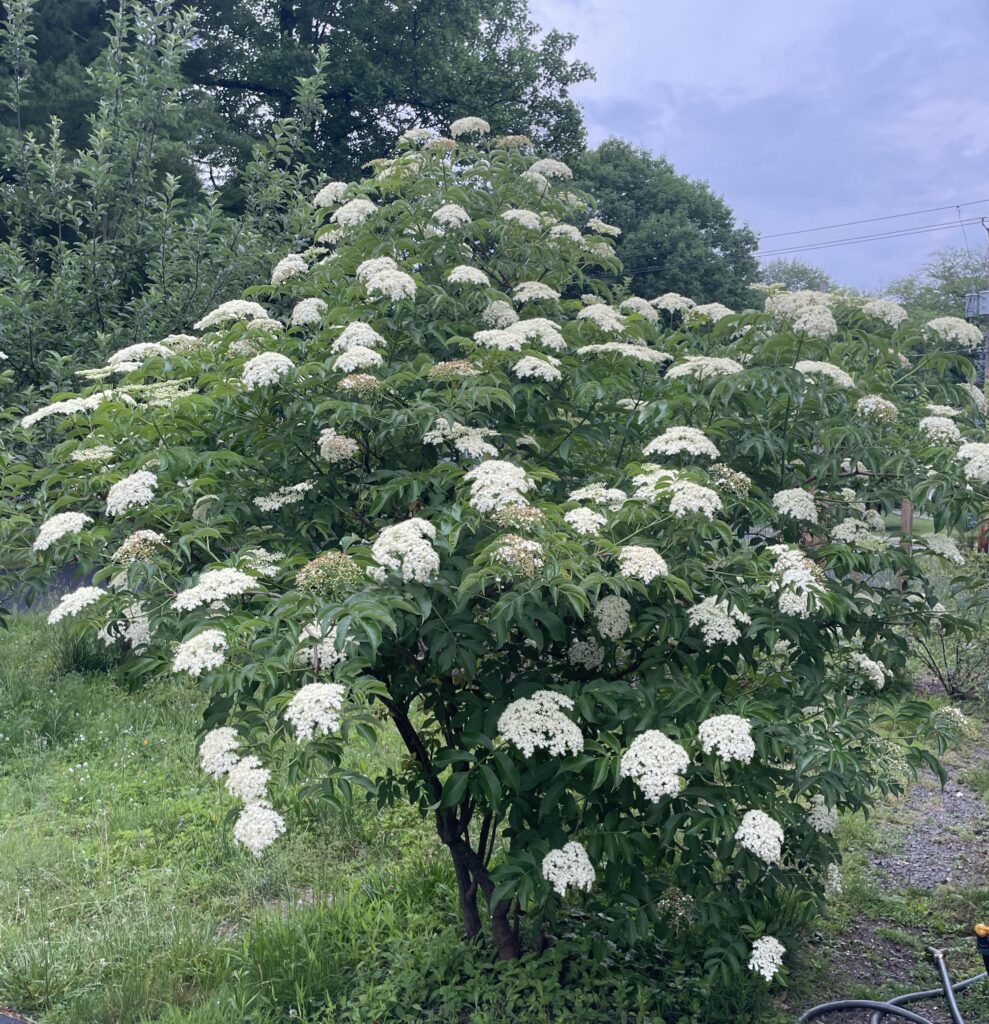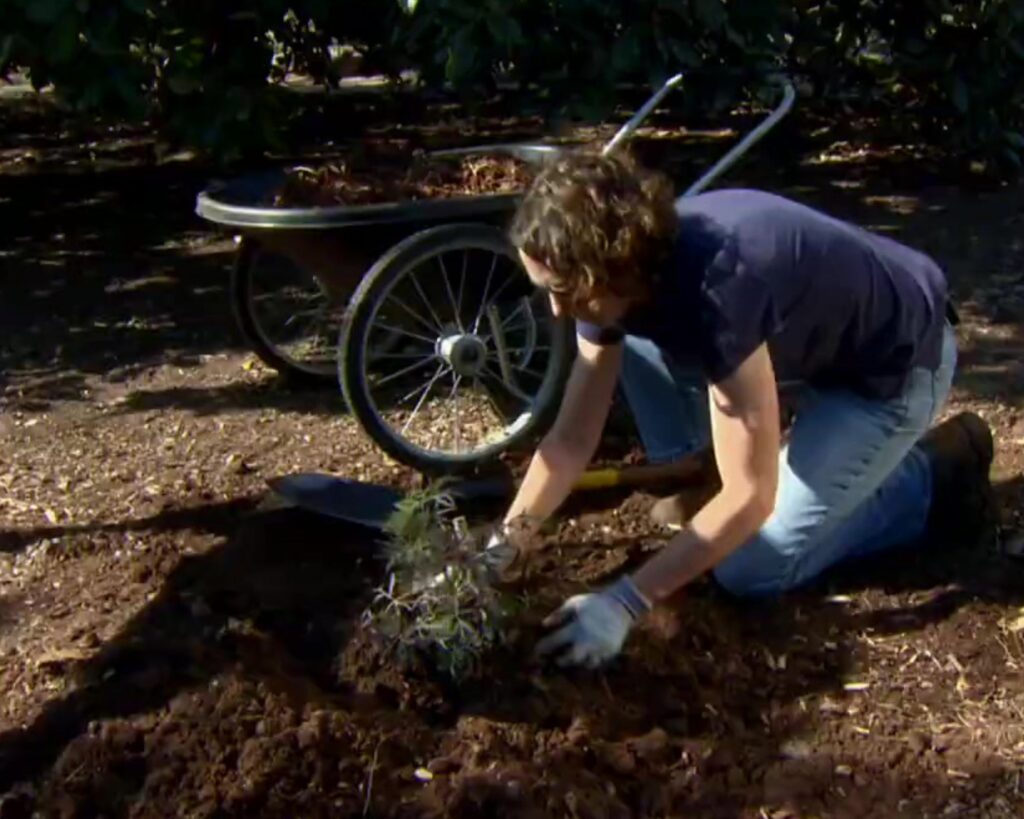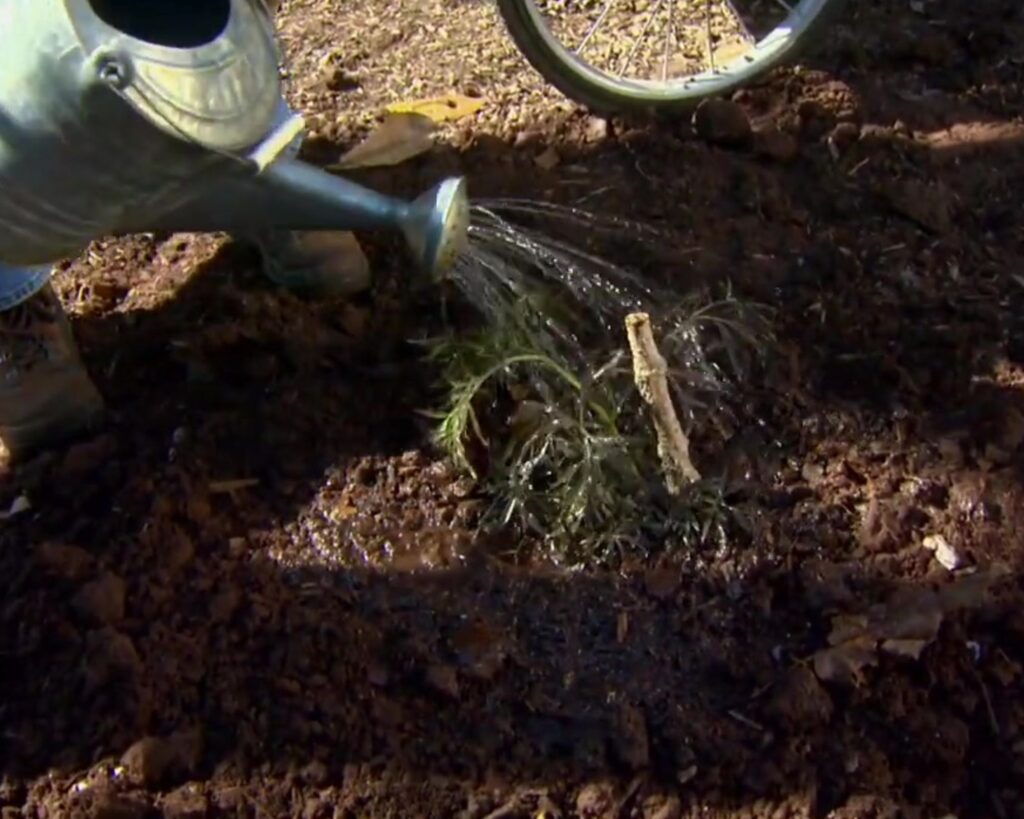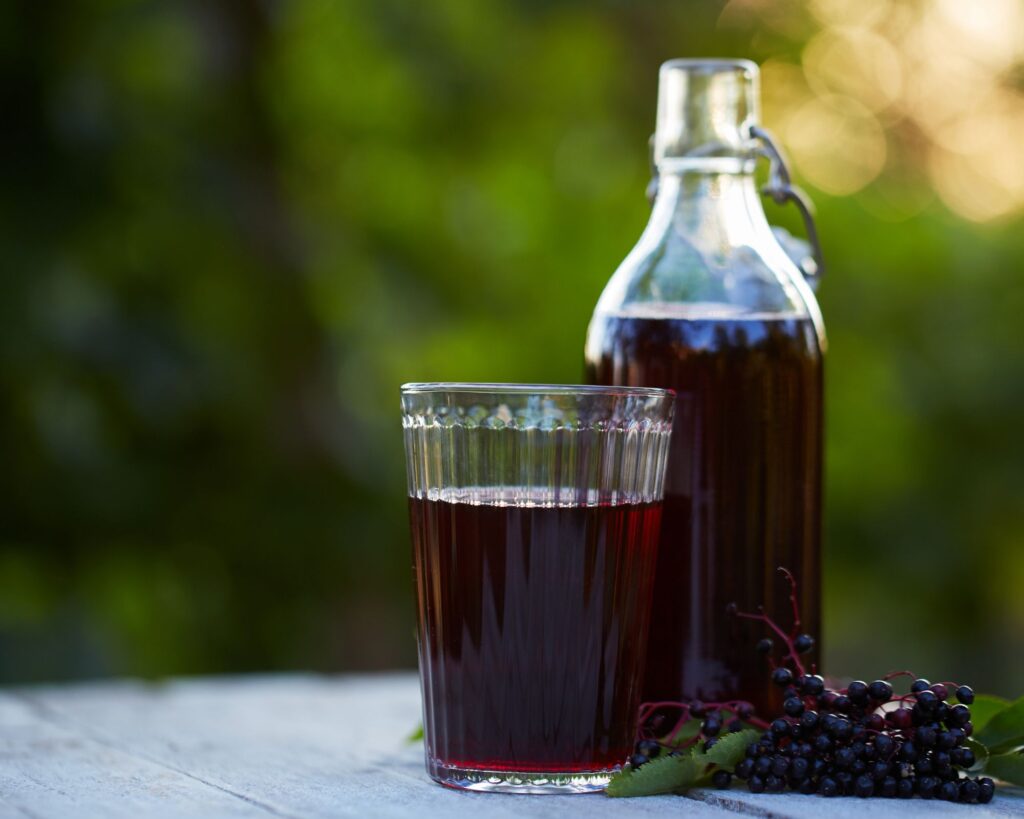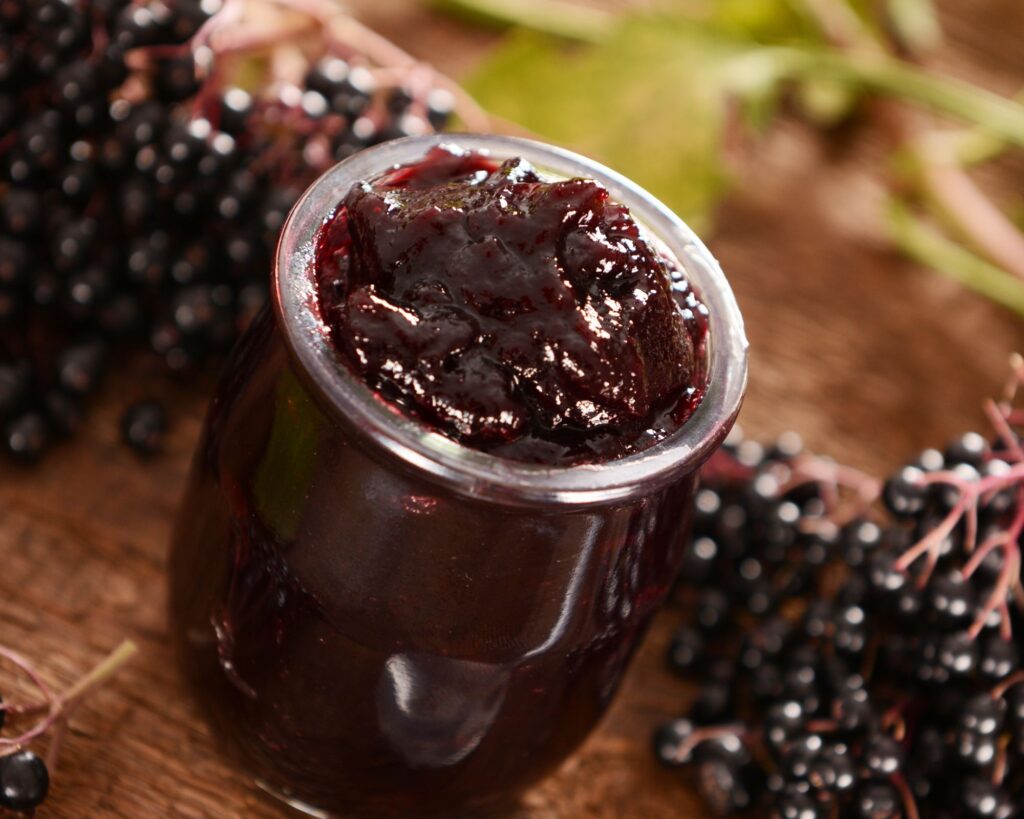What if you could grow a plant that not only beautifies your garden but also fills your home with natural, powerful remedies?
Elderberries offer just that. With a few simple steps, you can cultivate these resilient shrubs and harvest berries that pack a punch when it comes to wellness.
Best of all? You don’t need to be an expert gardener to succeed. Elderberries thrive in various conditions and require minimal effort to grow.
Picture yourself strolling into your garden, gathering plump elderberries, and using them to enhance your health naturally. Intrigued?
Keep reading to discover how growing elderberries can transform both your garden and your wellness routine.
History and Background
Elderberries have been used since ancient times, with records dating back to Egypt. Traditional medicinal uses were well-documented in Roman and Greek texts. Indigenous peoples in North America also relied on elderberries for various ailments.
The plant gained popularity in Europe during the Middle Ages. People believed it had magical properties and could ward off evil spirits. Its medicinal value extended to treating colds, flu, and inflammation.
Today, elderberries are recognized for their high antioxidant content. They are prized in the wellness community for their potential immune-boosting properties.
Varieties and Characteristics
Elderberries come in several varieties, each with distinct features. Sambucus nigra, or European elder, is the most common type. It can grow up to 20 feet tall and produces black or dark purple berries.
American elder, or Sambucus canadensis, is more adapted to North American climates. This variety is smaller, usually growing up to 12 feet. Its berries are also black and slightly larger.
There are also red elderberries (Sambucus racemosa), though they are less common. These bear red berries and are more toxic, requiring caution. When choosing a variety, consider your climate and the medicinal uses you intend.
Cultivation Essentials
Growing elderberries requires attention to the location, soil, and spacing to ensure healthy plants and a bountiful harvest. These factors will significantly impact the growth and yield of your elderberry plants.
Choosing the Right Location
Elderberries thrive in well-drained soil with access to full sunlight. Aim for six to eight hours of direct sunlight each day. If your area is prone to high winds, consider a sheltered spot to protect your plants.
When planning your garden, make sure the elderberries are placed where they won’t be shaded by larger plants or buildings. It’s also important to take note of any nearby water sources as elderberries prefer consistent moisture.
Soil Preparation and Requirements
The ideal soil for elderberries is loamy and rich in organic matter. Test the soil pH and aim for a slightly acidic to neutral range of 5.5-7.0. Incorporate compost or well-rotted manure into the soil to enhance fertility and improve drainage.
Before planting, you may need to till the ground to a depth of about 12 inches. This step ensures that the soil is loose enough for root development. Mulching around the plants can help retain moisture and keep weeds at bay.
Planting and Spacing
Spacing is critical for the healthy growth of elderberries. Populate your garden with elderberry plants spaced about 6 to 8 feet apart. This distance allows for sufficient air circulation, which helps prevent disease.
Dig holes that are twice the width of the root ball but no deeper than its height. Place the plant in the hole and backfill with soil, pressing down gently. Water thoroughly after planting to settle the soil around the roots and eliminate air pockets.
Care and Maintenance
Proper care and maintenance are crucial for growing healthy elderberry plants. You will need to focus on watering, feeding, pruning, pest control, and winter protection.
Watering and Feeding
Elderberries require consistent moisture, especially during their first year. Water them deeply once a week, ensuring the soil remains moist but not waterlogged. During dry periods, you might need to water more frequently.
Use a balanced fertilizer in the early spring to promote healthy growth. An example of a balanced fertilizer is a 10-10-10 blend. Apply according to package instructions, typically around the base of the plant. Compost can also be used for additional nutrients.
Make sure to mulch around the base of the plants to retain moisture and control weeds. Organic mulch, such as straw or wood chips, works well.
Pruning and Managing Pests
Pruning is essential for elderberry health and productivity. Prune in late winter or early spring before new growth begins. Remove any dead or damaged wood and thin out crowded branches to improve air circulation.
Pests such as aphids and spider mites can affect elderberries. Inspect plants regularly and use insecticidal soap or neem oil if pests are present. Natural predators like ladybugs can also help control pest populations.
Diseases like powdery mildew can be managed by ensuring good air circulation and avoiding overhead watering. If a plant is infected, remove affected leaves and treat with a fungicide if necessary.
Winter Protection
Elderberries are hardy, but young plants may need protection during their first winter. Apply a thick layer (4-6 inches) of mulch around the base to insulate the roots.
For added protection, especially in colder climates, consider covering young plants with burlap or other frost protection material. Reduce watering in late fall to help the plants prepare for dormancy.
Older, established plants generally do not need as much winter protection, but a good mulch layer can still help them thrive. Remove any winter protection in early spring to allow for new growth.
Best Harvesting Practices
Harvest elderberries when the berries are fully ripe, typically in late summer to early fall.
Look for berries that are dark purple and plump. Avoid harvesting green or under-ripe berries, as they can be toxic.
Use sharp scissors or pruners to cut clusters from the plant. Gently handle the berries to prevent squishing. Harvest in the morning after dew has dried for the best quality.
Store fresh elderberries in a cool, dry place and process them as soon as possible. Refrigerate if not processing immediately.
Drying and Storing Elderberries
To dry elderberries, spread them in a single layer on a drying rack or dehydrator tray. Ensure there is good air circulation. Alternatively, use an oven set to a low temperature.
Check for dryness by crushing a berry; it should be leathery or brittle. Store dried berries in an airtight container in a cool, dark place.
Label containers with the date to keep track of freshness. Properly dried and stored elderberries can last up to a year.
Health Benefits and Uses
Elderberries are packed with a range of nutrients and boast several medicinal properties. You can also incorporate them into various recipes to enjoy their benefits.
Nutritional Profile
Elderberries are rich in vitamins and minerals. They offer high amounts of vitamin C, vitamin A, and dietary fiber. Additionally, these berries contain antioxidants like flavonoids, which help neutralize harmful free radicals.
| Nutrient | Amount (per 100g) |
|---|---|
| Vitamin C | 36 mg |
| Vitamin A | 600 IU |
| Dietary Fiber | 7 g |
These nutrients support immune function, eye health, and digestion.
Medicinal Properties
Elderberries have been used in traditional medicine for centuries. They are known to boost the immune system and are often used to treat colds and flu.
Studies suggest that elderberry extract may reduce the severity and duration of these illnesses. Elderberries also have anti-inflammatory and antiviral properties, making them a versatile herbal remedy.
Recipe Ideas and Preparations
You can enjoy elderberries fresh, dried, or in various homemade preparations. Elderberry syrup is a popular choice, especially during cold and flu season. To make it, simmer elderberries with water and honey.
Another tasty option is elderberry jam.
Combine elderberries with sugar and pectin, then cook until thickened.
You can also add elderberries to teas, smoothies, or baked goods, enhancing both flavor and health benefits.

